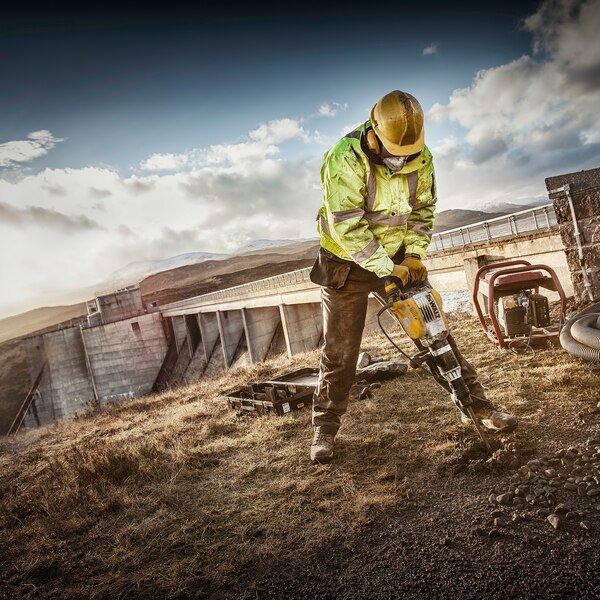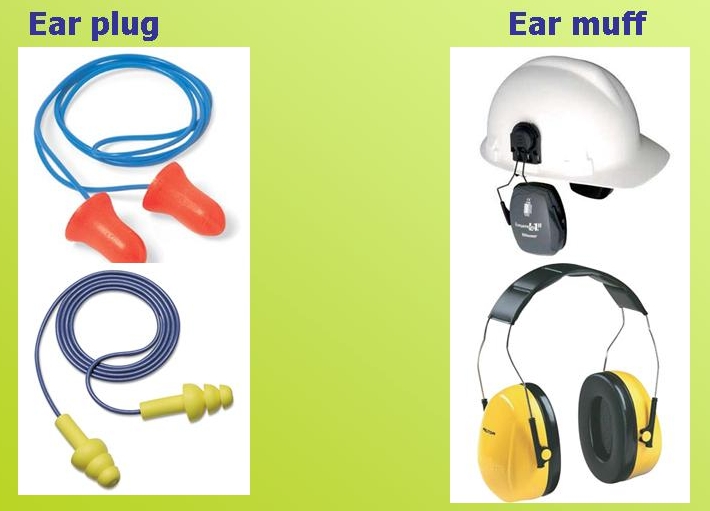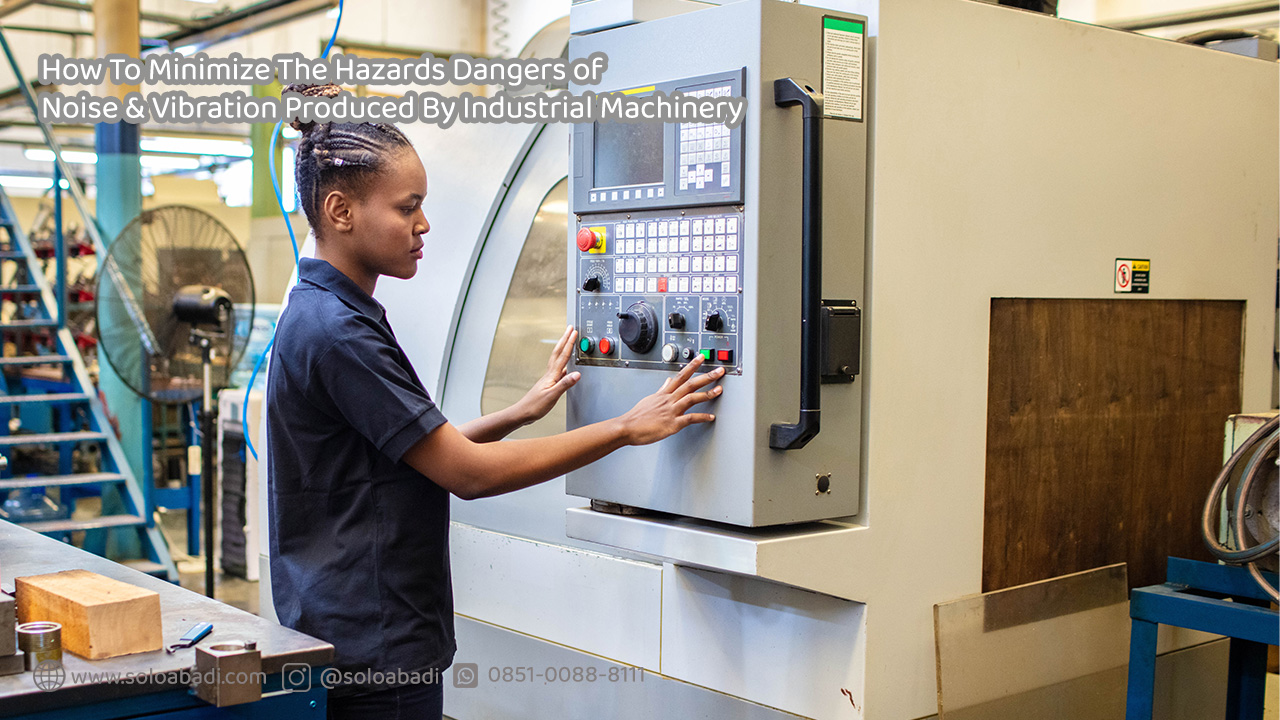At work, we should be in a safe and comfortable position. In the industrial world, production is carried out with various types of machines, ranging from small to large machines. Each machine has a different vibration there is a fast and slow vibration. For machines that have strong vibrations, the sound generated by the machine will be louder and vice versa.

Definition of Noise and Vibration
Noise is the occurrence of a loud sound that disturbs and or endangers humans. Noise is defined as unwanted sound from natural and man-made activities. While the vibration is the regular movement of the object/media in an alternating direction from its equilibrium position. Vibration is a fast back and forth movement, bouncing up and down or backward and forwards, which occurs regularly from objects/media in alternating directions from their position.

Factors Affecting Noise and Type of Vibration
There are 4 factors that affect noise, namely:
- Intensity (sound pressure level). Noise level is a measure of the degree of high and low noise expressed in decibels (dB)
- Frequency. The frequency that can be heard by the human ear is 16-20,000 HZ, and the frequency of speech is 250-4,000 HZ.
- duration. In this duration such as how long exposure to noise is received in a day.
- Time/period of noise exposure (years). Almost similar to the duration of this period, such as exposure to noise for a long time (years).
There are 2 types of vibration, namely:
- Vibration Due to Air Movement. Vibration is caused by a vibrating object being transmitted through the air to the ear. This vibration has a frequency of 1-20Hz and does not cause vestibular disorders (orientation disorders, loss of balance, nausea). However, it can cause ear pain, chest pain, and vibrations throughout the body
- Vibration Due to Mechanical Vibration. This vibration is the vibration of a vibrating object experiencing a linear shift or angular shift. Examples of one of the types of vibration or examples of mechanical vibrations are springs, vibrations on a pendulum, vibrations of guitar strings when plucked, atomic vibrations in solids, etc.
What Dangers Can Noise and Vibration Cause?
After knowing the factors that affect noise and the type of noise, of course, there are effects that can be caused. The effects of noise and vibration can be harmful to humans if exposed for long durations and periods. The following are the effects of noise and vibration:
Noise effects:
- Physiological Disorders. Increases blood pressure, pulse rate, basal metabolism, and muscle tension (increased excitability of the autonomic nervous system).
- Communication disorders. Masking effect (workers have to shout in communicating during work, thereby increasing the risk of work accidents)
- Balance disorders. Dizziness, dizziness, nausea
- Psychological disturbances. Stress, tiredness, emotional disturbances, impaired communication, and concentration.
- Effects on hearing.
- Temporary Threshold Shift (TTS)
- Increased Permanent Threshold Shift (PTS)
- Noise Induced Hearing Loss (NIHL)
Vibration effects:
- Disturbance of comfort while working due to receiving vibrations.
- Health problems such as dizziness, pain, and decreased visual acuity.
- Decreased quality of life, such as not being able to stand the cold, decreased sensitivity, weakened brain, and seizures in the hands.

Source: dewalt.co.uk 
Source: wordpress.com
More Information: The Importance of Anthropometric Measurement in Commercial Aircraft Cockpit Design


